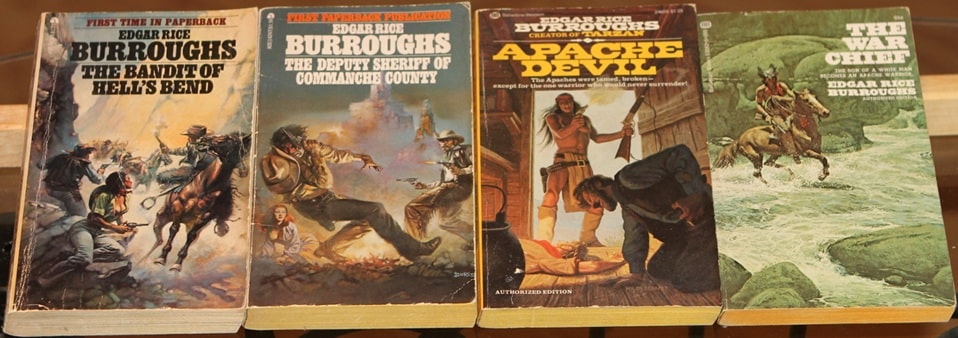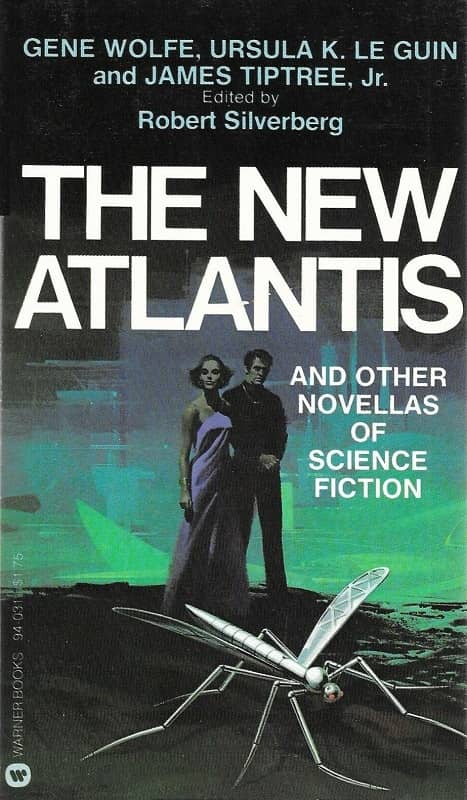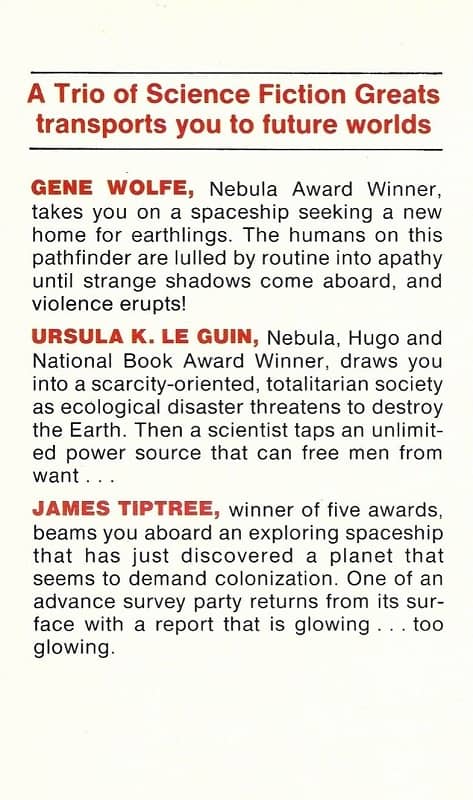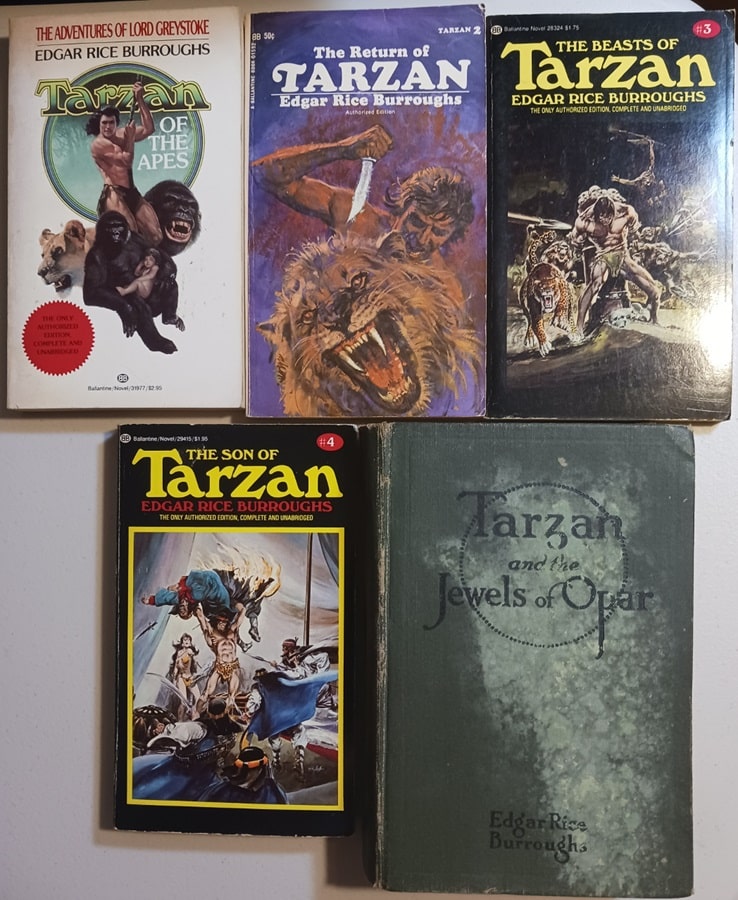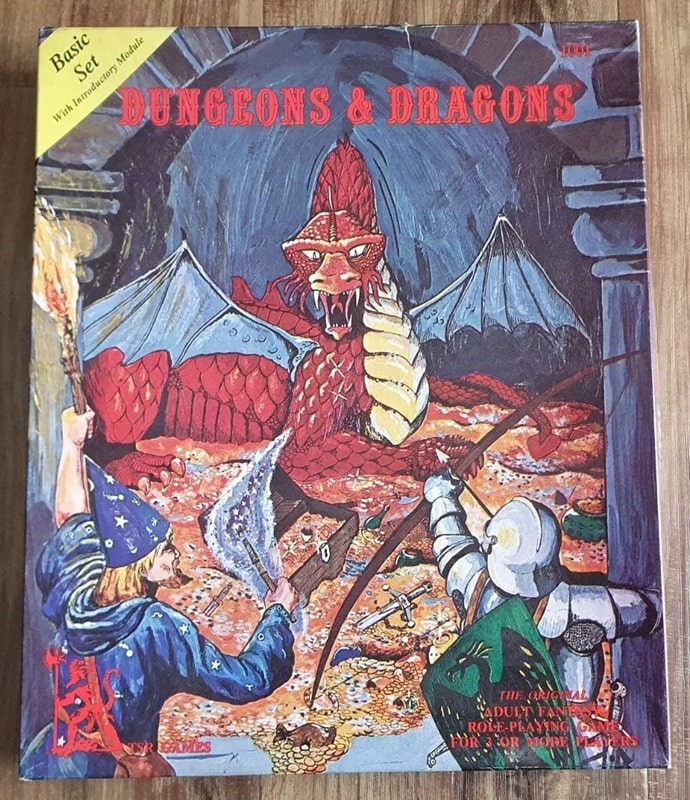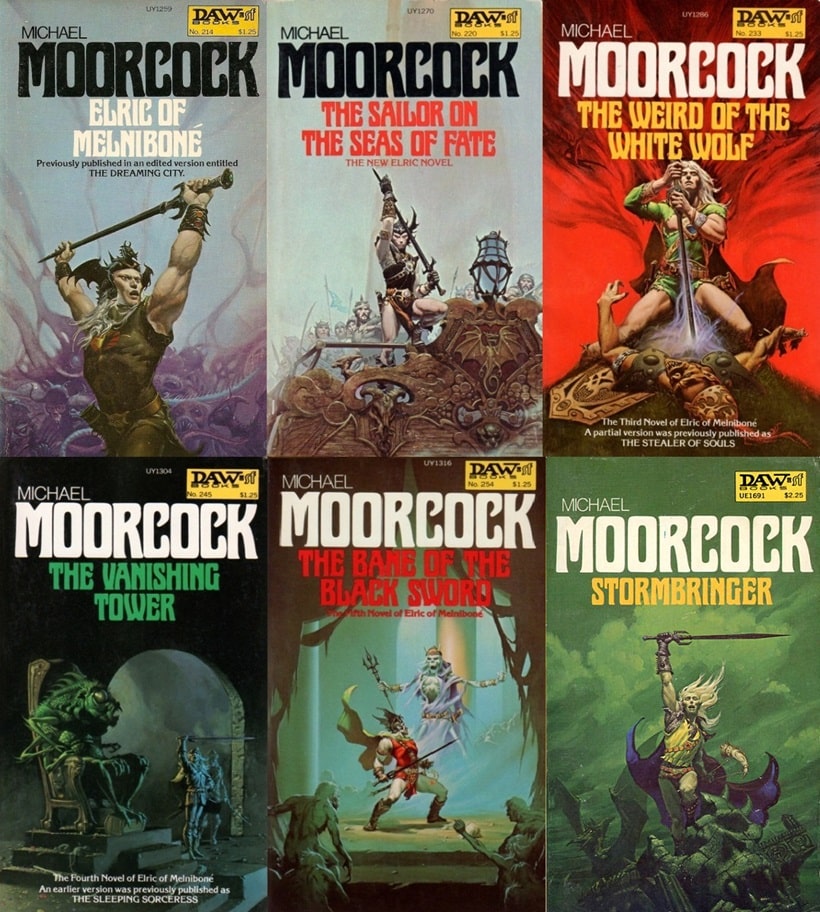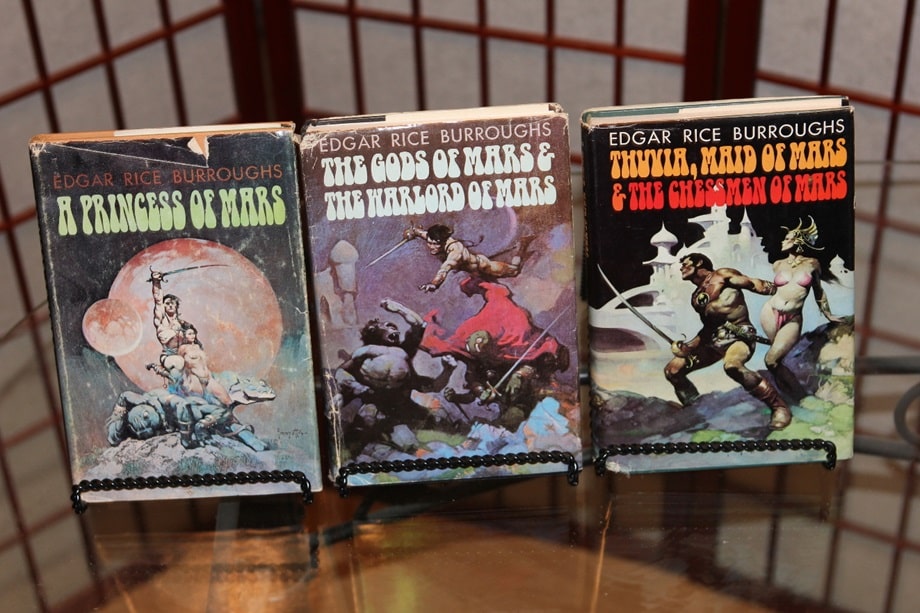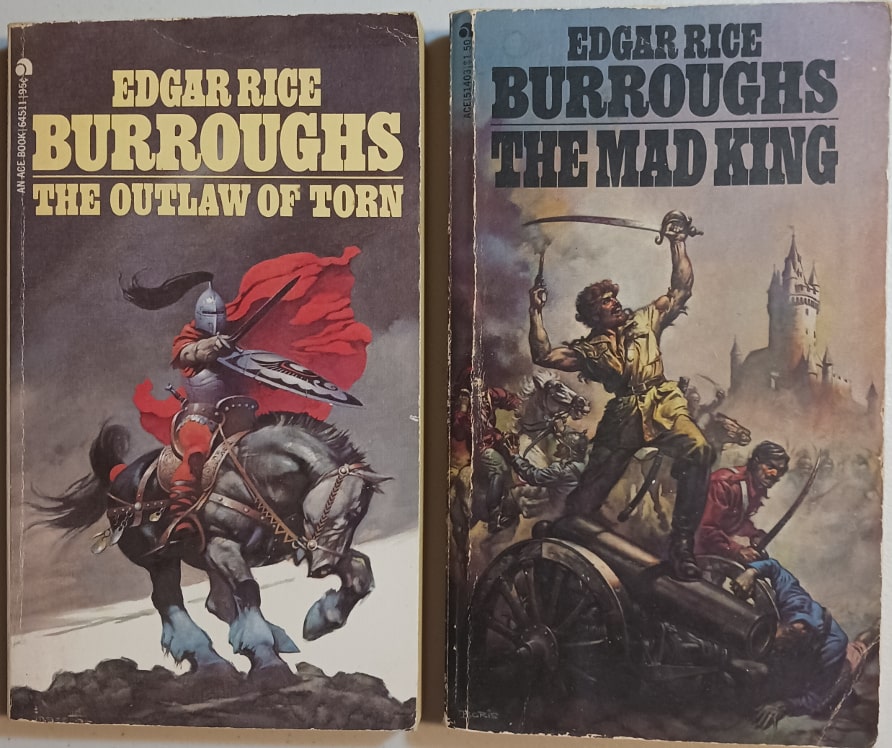The Fiction of Edgar Rice Burroughs, Part IV: The Hollow Earth and Pellucidar
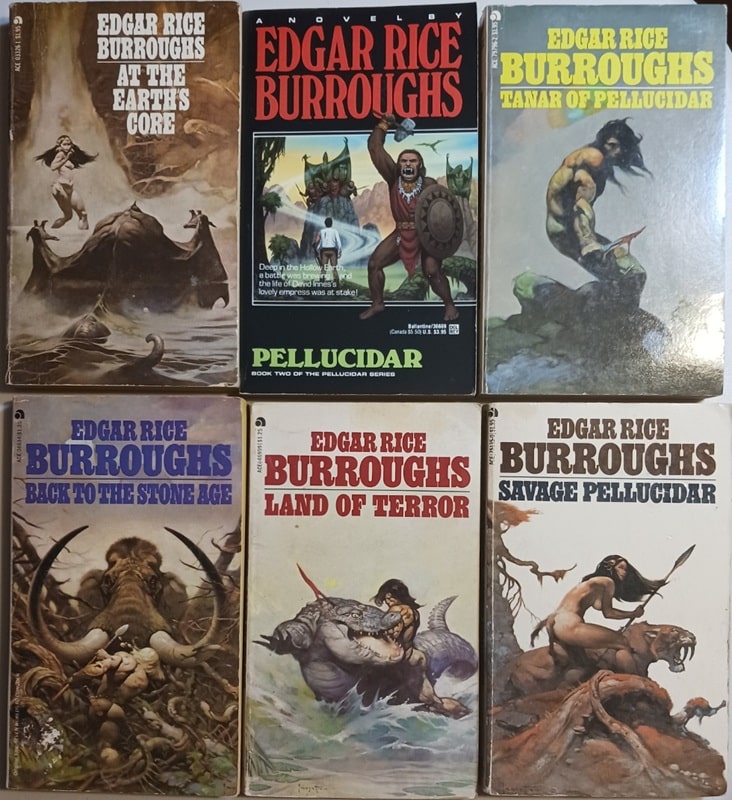
Above are my Edgar Rice Burroughs Pellucidar books. Tarzan at the Earth’s Core goes with this series as well, although I included it in Part II of this series, with my Tarzan collection. In these stories, Pellucidar is a hollow area at the center of the Earth. There are openings into it at the North and South poles, but in the initial book, At the Earth’s Core, an American named David Innes reaches the interior by riding inside a giant drill. This is kind of a reverse of the Sword & Planet plot in which the Earthman is taken outward to another world.
Pellucidar is an interesting construction and ERB clearly gave it some thought. There’s a miniature sun at the center that leads to perpetual day, and the only shadowy area on the surface of Pellucidar is an area of constant twilight beneath the bulk of the unmoving moon. The interior has no horizon because everything curves up and away from the viewer, and the land and water masses are the reverse of the surface, leaving a lot of land. The world is populated by all kinds of extinct outer lifeforms that wandered in through the polar entrances, including some dinosaurs and the remnants of the mammal megafauna.
